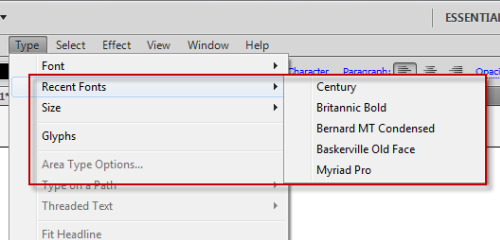

There are two mechanisms to include fonts in a PDF:

This makes sure that the file can be viewed and printed as it was created by the designer. Composite fonts (Type 0): both Type 1 (CIDFontType0) and TrueType (CIDFontType2) are supported.īy preference, any fonts that are used in a layout are also included in the PDF file itself.Some tools still do this today because it leads to a smaller PDF file if none of the extra features in OpenType are required. This was common practice with applications like Acrobat or InDesign before PDF 1.6 was released. That means PDF production tools can embed an OpenType font by taking it apart, copying either the TrueType or the CFF (Type 1) glyphs and embedding those in the PDF in their original/old style format. Within an OpenType font, the character shapes or glyphs can be encoded using either TrueType or Type 1. OpenType: From PDF 1.6 onwards, OpenType fonts can be stored directly in a PDF file.The PDF file format supports the use of the following font formats:

Some general recommendations about font handling can be found at the bottom of this page. How and why to outline fonts is discussed. It covers the basics about the supported font types, encodings, and the ways of enclosing fonts in a PDF, by either embedding or subsetting them. This page provides an overview of the way fonts are supported in PDF files.


 0 kommentar(er)
0 kommentar(er)
